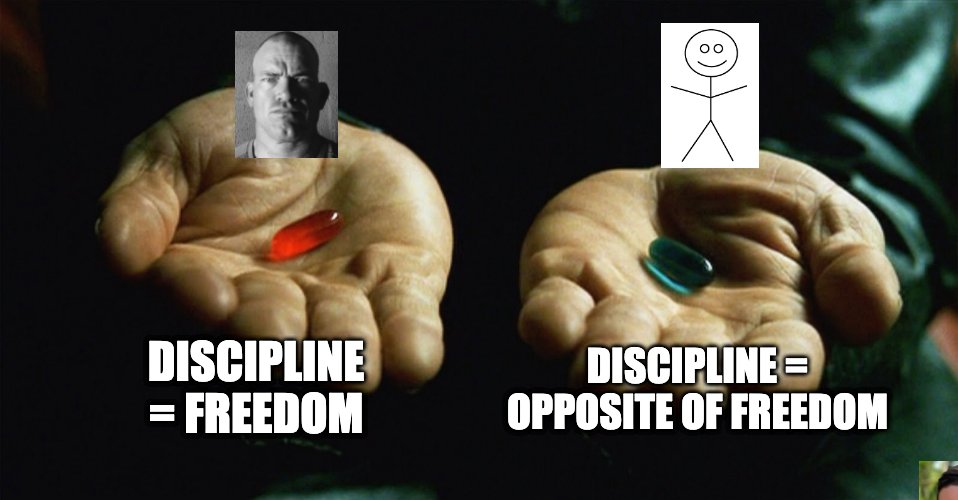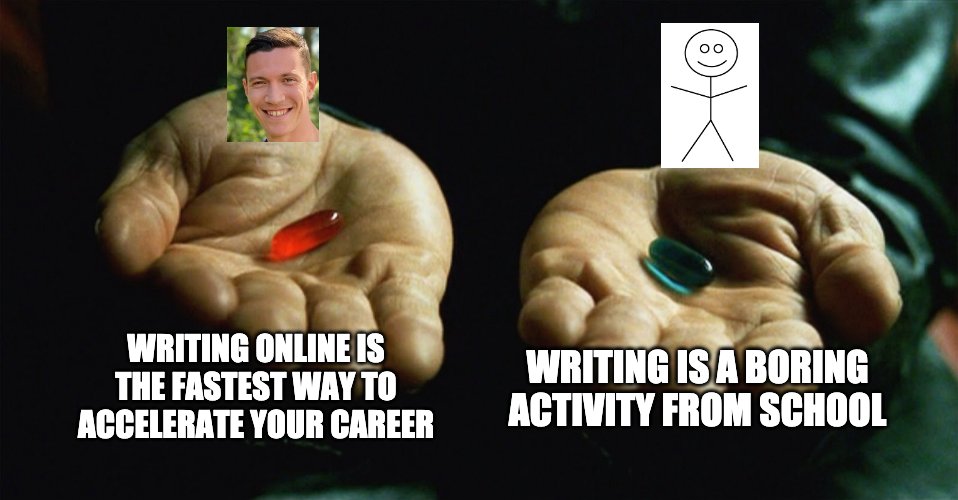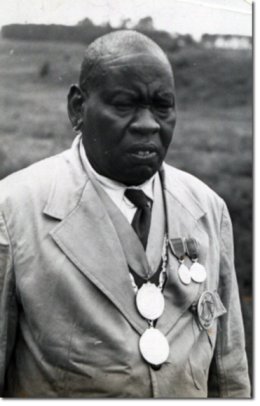1 - Why do I care about new customers when my industry obsesses with catering to best customers via omnichannel theory?
Good question!
It goes back almost 30 years.
We had a division that mailed 2 catalogs in a quarter. What would happen to the two catalogs if a third catalog was mailed?
I recommended a strategy ... an A/B test.
Instead of generating $5,000,000*2 = $10,000,000, we generated $4,300,000*3 = $12,900,000.
The new catalog didn't really generate $4.3 million ... it took away $0.7 million * 2 = $1.4 million from the other catalogs.
In fact, the result replicated most of the time.
When we converted the results to profitability, we learned that we weren't making money on all of these new mailings.
One faction of Leaders said the new catalog generated $4.3 million in sales.
Another faction of people, led largely by our test results, said the new catalog generated $2.9 million in sales.
Oh oh.
I was finished!
So I deserved everything that I got.
A Manager showed me a simulation he wrote (this was in 1995) in SPSS.
The simulation tool showed that if a business unit was not as profitable as it should be due to mailing too many catalogs, it could become profitable anyway.
And by late 1998, I was in charge of Circulation/Analytics. We had the same "over-mailing" issue.
I couldn't tell the EVP of the Home Division to mail fewer catalogs, but I could control "who" received the catalogs.
The simulation showed that the strategy worked.
If you want loyal customers in the future, you acquire customers today.
It's been the central theme of my Consulting work since early 2007. Clients have had considerable success following the thesis.
More from Marketing
How to destroy your competition with Cold Email
Want numbers like this?
I am going to show you exactly how to GUARANTEE your cold emails will convert.
// THREAD //

First, I am going to show you the structure of a killer cold email.
---
{{Quick Question about Company_Name}} <-- Subject line
Hey {{Name}}, [[first line}} <-- individual personalization is key
We just helped ___, a business like yours, do x in y days <-- Case study
I'm 100% certain we can do something similar for you.
Do you have time for a call this week? <-- CTA
--------
Let's break this down.
Our main goal is to not sound automated. (even though it was in a way)
How do we do that?
Highly Personalized First Lines.
We have their:
- Company Name
- First Name
- LinkedIn Profile
I use https://t.co/cotgiyqqLE to scrape this. (not aff)
The better the first line, the better the cold email will convert.
We need 10/10 first lines.
A good offer + a bad first line = 60% open & 8% reply rate
A good offer + a 10/10 first line = 80% open & 20% reply rate
Run the numbers.
Want numbers like this?
I am going to show you exactly how to GUARANTEE your cold emails will convert.
// THREAD //

First, I am going to show you the structure of a killer cold email.
---
{{Quick Question about Company_Name}} <-- Subject line
Hey {{Name}}, [[first line}} <-- individual personalization is key
We just helped ___, a business like yours, do x in y days <-- Case study
I'm 100% certain we can do something similar for you.
Do you have time for a call this week? <-- CTA
--------
Let's break this down.
Our main goal is to not sound automated. (even though it was in a way)
How do we do that?
Highly Personalized First Lines.
We have their:
- Company Name
- First Name
- LinkedIn Profile
I use https://t.co/cotgiyqqLE to scrape this. (not aff)
The better the first line, the better the cold email will convert.
We need 10/10 first lines.
A good offer + a bad first line = 60% open & 8% reply rate
A good offer + a 10/10 first line = 80% open & 20% reply rate
Run the numbers.
You May Also Like
Joe Rogan's podcast is now is listened to 1.5+ billion times per year at around $50-100M/year revenue.
Independent and 100% owned by Joe, no networks, no middle men and a 100M+ people audience.
👏
https://t.co/RywAiBxA3s
Joe is the #1 / #2 podcast (depends per week) of all podcasts
120 million plays per month source https://t.co/k7L1LfDdcM
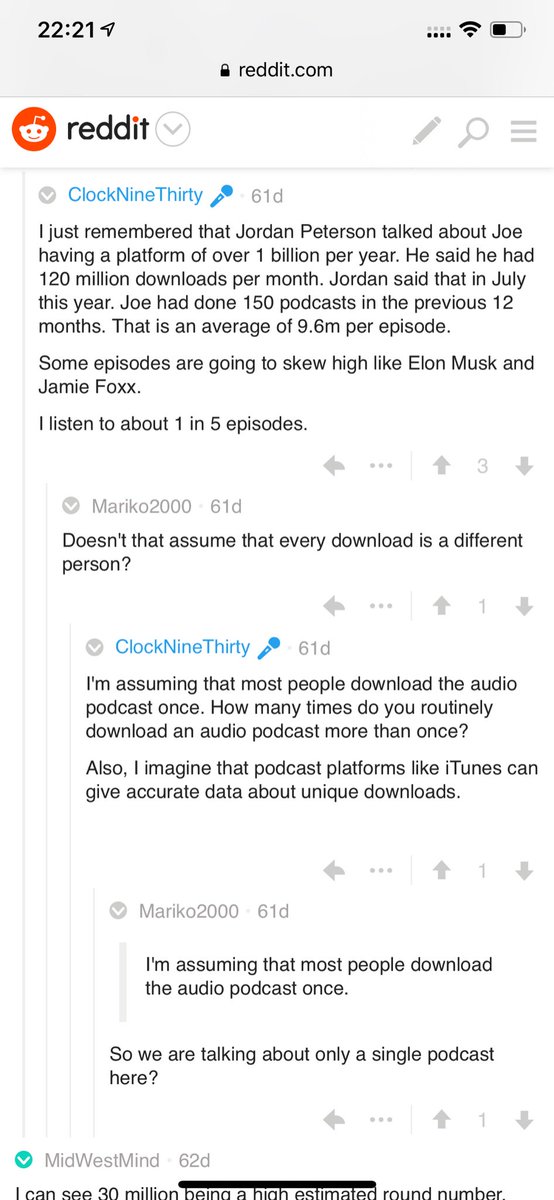
https://t.co/aGcYnVDpMu
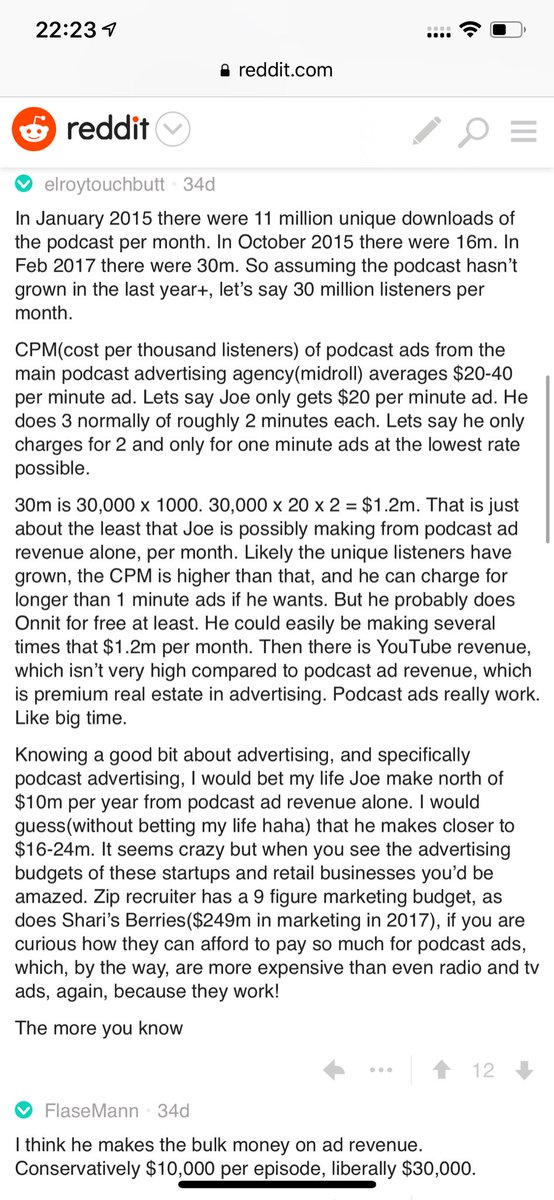
Independent and 100% owned by Joe, no networks, no middle men and a 100M+ people audience.
👏
https://t.co/RywAiBxA3s
Joe is the #1 / #2 podcast (depends per week) of all podcasts
120 million plays per month source https://t.co/k7L1LfDdcM

https://t.co/aGcYnVDpMu




